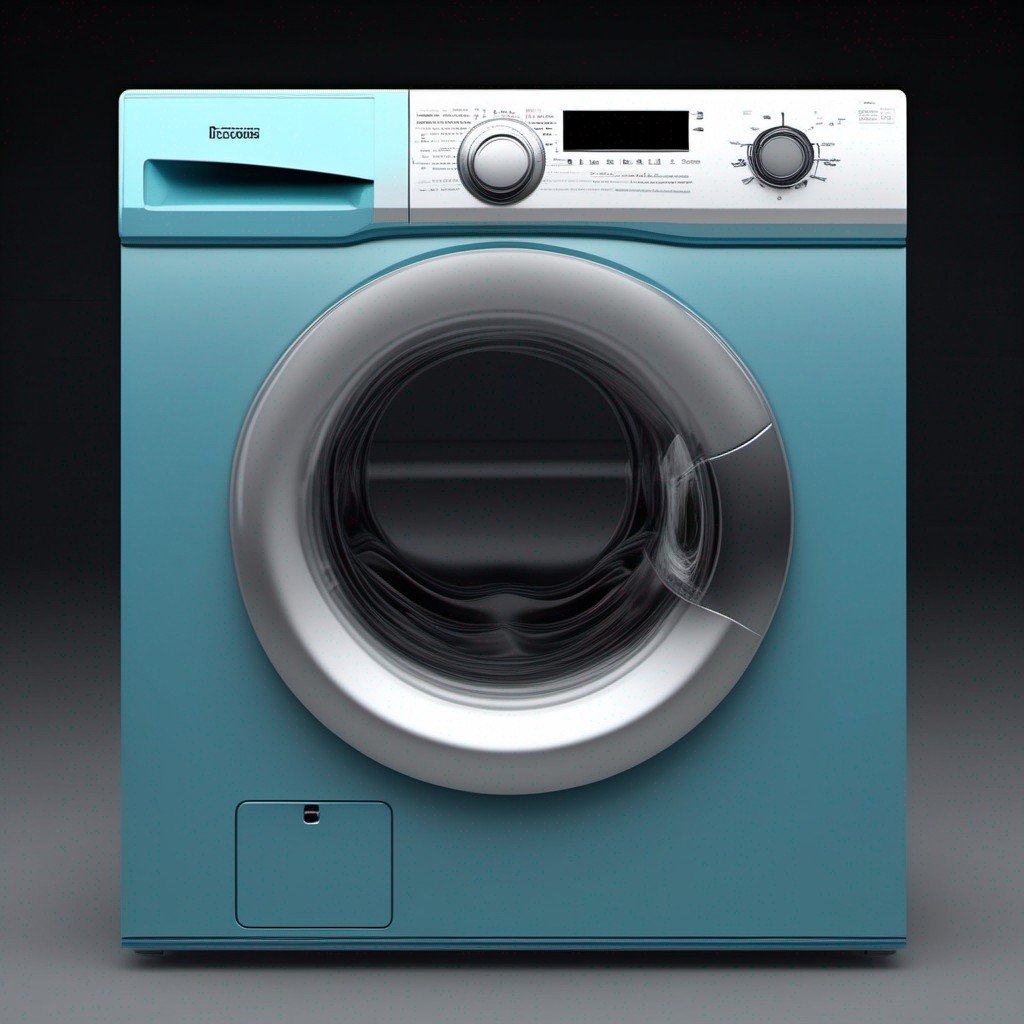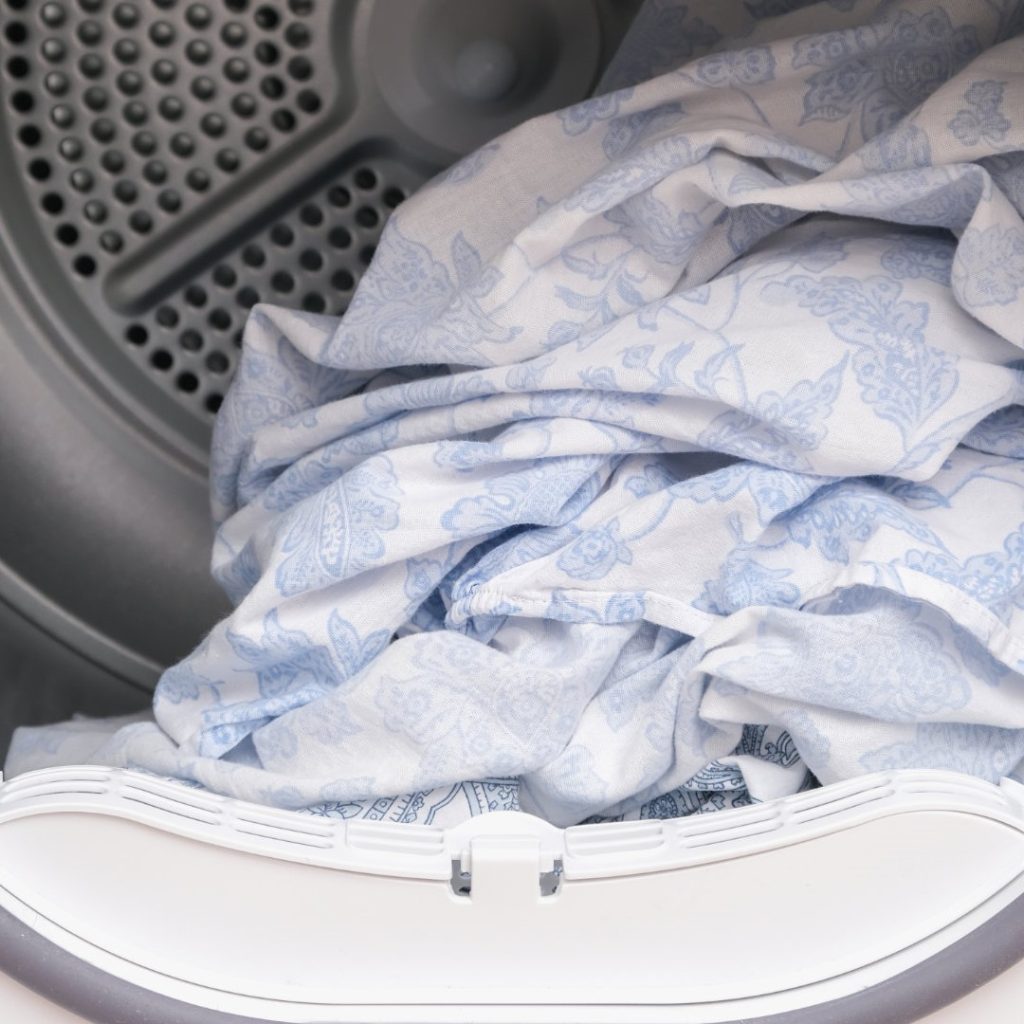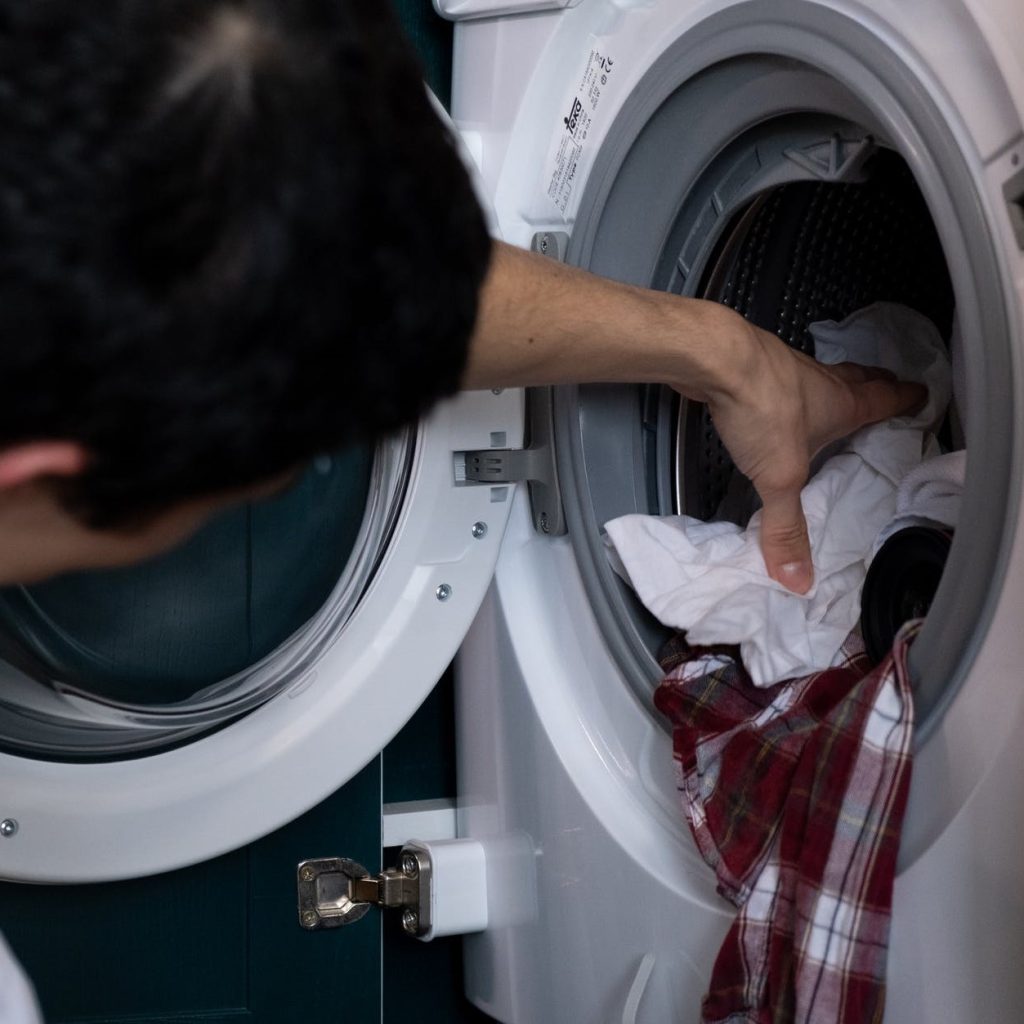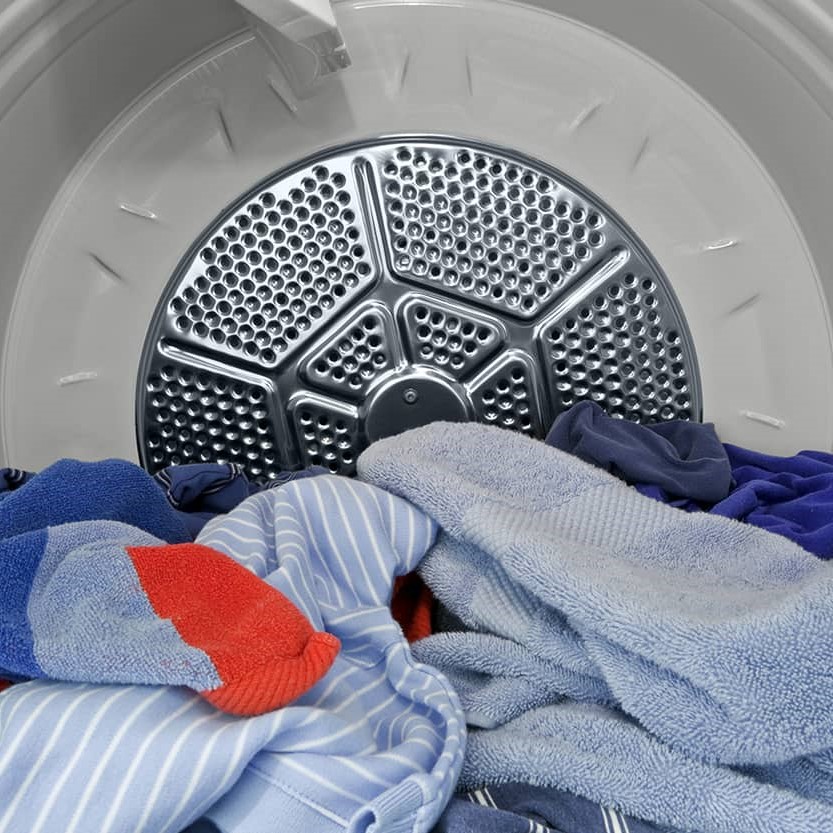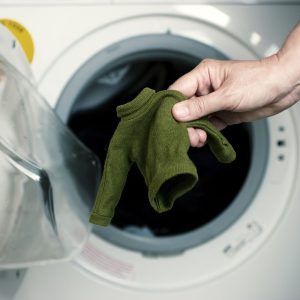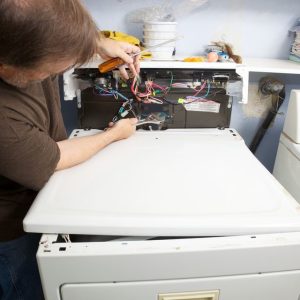Troubleshooting a Dryer Not Drying Clothes but Getting Hot
A common frustration faced by many homeowners is dealing with a dryer not drying clothes but getting hot. This issue not only disrupts your laundry routine but can also lead to increased energy bills and wear on your garments. Understanding the underlying causes and effective troubleshooting methods is essential to restore your dryer’s functionality and ensure your clothes are perfectly dry every time. In this detailed guide, we will explore the various reasons why your dryer might be overheating without effectively drying your clothes and provide practical solutions to resolve this problem swiftly.
Understanding the Basics of a Dryer’s Functionality
Before diving into the troubleshooting steps, it’s important to comprehend how a dryer operates. A typical dryer uses heat, air flow, and tumbling to remove moisture from your clothes. The heating element warms the air, which is then circulated through the drum, absorbing moisture from the fabrics. The moist air is expelled outside or condensed depending on the dryer type. When your dryer is getting hot but not drying clothes, one or more of these crucial components may not be functioning correctly.
The Role of the Heating Element
The heating element is pivotal in the drying process. It generates the necessary heat to evaporate the moisture from your clothes. If the dryer is getting hot but not drying, the issue may lie in the heating element not maintaining consistent heat or failing to regulate temperature properly. Identifying whether the heating element is the culprit can save you from unnecessary replacements and costs.
Airflow and Ventilation Importance
Proper airflow and ventilation are essential for effective drying. If your dryer isn’t drying clothes despite getting hot, restricted airflow might be the cause. Blocked vents, clogged lint filters, or issues with the blower fan can prevent warm air from circulating efficiently, leading to overheating without proper drying.
Common Causes of a Dryer Getting Hot but Not Drying Clothes
Several factors can contribute to a dryer not drying clothes but getting hot. Identizing these causes can help you pinpoint the exact issue and apply the appropriate fix.
Clogged Ventilation System
A blocked or clogged ventilation system is a primary reason why a dryer might overheat without drying clothes effectively. Over time, lint, debris, and other particles can accumulate in the dryer vent, restricting airflow. This obstruction forces the dryer to work harder, causing it to overheat while failing to dry the clothes properly.
Faulty Thermostats and Thermal Fuses
Dryers are equipped with thermostats and thermal fuses to regulate temperature and prevent overheating. If these components malfunction, the dryer might produce excessive heat without effectively drying the clothes. A faulty thermostat can cause the dryer to run continuously at high temperatures, while a blown thermal fuse might prevent the dryer from cycling correctly.
Malfunctioning Blower Motor
The blower motor is responsible for circulating air through the dryer and venting it outside. If the blower motor is malfunctioning or broken, airflow will be restricted, leading to overheating and inefficient drying. Inspecting the blower motor for signs of wear or damage can help determine if it needs replacement.
Broken Moisture Sensors
Modern dryers often come with moisture sensors that detect the dryness of clothes and adjust the drying cycle accordingly. If these sensors are faulty, the dryer might not accurately gauge when the clothes are dry, causing it to overheat without properly drying the garments.
Overloading the Dryer
Overloading the dryer can impede proper air circulation, leading to uneven drying and excessive heat buildup. When clothes are packed too tightly, air cannot flow freely around them, resulting in some clothes remaining damp while the dryer continues to generate heat.
Step-by-Step Troubleshooting Guide
To effectively address a dryer not drying clothes but getting hot, follow this comprehensive troubleshooting guide:
Step 1: Check and Clean the Lint Filter
A clogged lint filter can significantly reduce airflow, causing the dryer to overheat without drying clothes effectively. Always clean the lint filter before or after each use. Remove any visible lint and wash the filter with warm, soapy water to remove stubborn residue.
Step 2: Inspect and Clean the Ventilation System
Examine the dryer vent and exhaust duct for blockages. Disconnect the vent from the dryer and use a brush or vacuum to remove lint and debris. Ensure that the vent is free of obstructions and that the airflow is smooth. Regularly cleaning the ventilation system can prevent lint buildup and improve dryer efficiency.
Step 3: Examine the Heating Element
If cleaning the filter and vent doesn’t resolve the issue, the heating element might be malfunctioning. Unplug the dryer and access the heating element by removing the dryer’s back panel. Inspect the element for breaks or signs of damage. Use a multimeter to test for continuity. If the heating element is faulty, it will need to be replaced.
Step 4: Test the Thermostat
Thermostats regulate the dryer’s temperature. A defective thermostat can cause the dryer to overheat or fail to reach the desired temperature. Locate the thermostat within the dryer’s internal components and test it with a multimeter for continuity. Replace the thermostat if it shows no continuity or inconsistent readings.
Step 5: Check the Blower Motor
A malfunctioning blower motor can impede airflow, leading to overheating and ineffective drying. Inspect the blower motor for signs of wear, such as unusual noises or visible damage. Test the motor with a multimeter to ensure it is functioning correctly. Replace the blower motor if necessary to restore proper airflow.
Step 6: Inspect the Moisture Sensors
Moisture sensors help the dryer determine when clothes are dry. If these sensors are dirty or faulty, the dryer might not operate correctly. Clean the sensors with a soft cloth and vinegar to remove any residue. If the sensors remain unresponsive, they may need to be replaced.
Step 7: Avoid Overloading the Dryer
Overloading the dryer can restrict airflow and cause excessive heat buildup. Follow the manufacturer’s guidelines for load sizes and ensure that clothes have enough space to tumble freely. Reducing the load size can improve drying efficiency and prevent overheating.
Step 8: Perform a Cycle Test
After completing the previous steps, run a test cycle to see if the issue is resolved. Observe the dryer’s performance, ensuring that it heats appropriately and dries clothes effectively without overheating. If problems persist, it might be time to consult a professional technician.
Preventive Measures to Avoid Future Issues
Preventing a dryer not drying clothes but getting hot involves regular maintenance and mindful usage. Implement these preventive measures to ensure your dryer operates efficiently for years to come.
Regularly Clean the Lint Filter and Ventilation System
Consistently cleaning the lint filter and ventilation system after each use prevents lint buildup and maintains optimal airflow. Schedule periodic inspections and cleanings to keep the dryer running smoothly.
Do Not Overload the Dryer
Avoid overloading the dryer by adhering to recommended load sizes. This ensures proper air circulation, allowing clothes to dry evenly and preventing excessive heat buildup.
Use the Correct Heat Settings
Selecting the appropriate heat settings for different fabric types can enhance drying efficiency and prevent overheating. Lower heat settings can be used for delicate fabrics, while higher settings may be necessary for thicker materials.
Schedule Professional Maintenance
Having your dryer inspected and serviced by a professional annually can identify and address potential issues before they escalate. Professional maintenance ensures that all components function correctly and prolongs the dryer’s lifespan.
Install Proper Ventilation
Ensure that your dryer is installed in a well-ventilated area and that the exhaust duct is properly connected and free of obstructions. Adequate ventilation promotes effective airflow, reducing the risk of overheating and drying inefficiency.
When to Seek Professional Help
While many issues with a dryer not drying clothes but getting hot can be resolved through basic troubleshooting, some situations require professional expertise. Consider seeking help from a certified technician if you encounter the following:
- Persistent overheating despite following troubleshooting steps.
- Uncertainty about performing repairs safely.
- Complex issues with electrical components or wiring.
- The dryer is under warranty, and self-repair might void coverage.
Professional technicians have the knowledge and tools to diagnose and fix intricate problems, ensuring your dryer operates safely and efficiently.
Understanding the Costs Involved
Addressing a dryer that gets hot but doesn’t dry clothes involves understanding the potential costs associated with repairs and maintenance.
Cost of Parts and Repairs
Replacement parts such as heating elements, thermostats, or blower motors can vary in price depending on the dryer model and brand. Professional repair services typically charge for both parts and labor, so it’s important to obtain quotes before proceeding with repairs.
Energy Efficiency Considerations
An inefficient dryer not only fails to dry clothes effectively but also consumes more energy, leading to higher utility bills. Investing in repairs can improve your dryer’s energy efficiency, resulting in long-term cost savings.
Replacement vs. Repair
In some cases, especially with older dryers, the cost of repairs might approach or exceed the price of a new unit. Assess the cost-effectiveness of repairing versus replacing your dryer by comparing repair costs with the price of a new, energy-efficient model.
Enhancing Dryer Performance with Modern Technologies
Modern dryers come equipped with advanced technologies that improve performance and prevent issues like overheating and ineffective drying.
Smart Dryers with Advanced Sensors
Smart dryers feature advanced moisture sensors that accurately detect when clothes are dry, adjusting drying times and temperatures accordingly. These sensors enhance drying efficiency, prevent overheating, and reduce energy consumption.
Eco-Friendly Features
Eco-friendly dryers use innovative technologies to minimize energy usage while maintaining drying performance. Features such as moisture-sensing technology, heat pump systems, and energy-efficient motors contribute to sustainable and cost-effective drying.
Enhanced Ventilation Systems
Modern dryers often incorporate improved ventilation systems that facilitate better airflow and prevent lint buildup. Enhanced ventilation reduces the risk of overheating and ensures clothes dry quickly and evenly.
DIY Maintenance Tips for Optimal Dryer Performance
Maintaining your dryer through simple DIY practices can prevent many common issues, including a dryer not drying clothes but getting hot.
Regular Inspection of Components
Periodically inspect key components such as the heating element, thermostat, and blower motor for signs of wear or damage. Early detection of issues can prevent major malfunctions and extend the dryer’s lifespan.
Keeping the Drum Clean
Wipe down the dryer drum regularly to remove lint and fabric residues. A clean drum ensures that clothes tumble freely, promoting even drying and reducing the risk of overheating.
Monitoring Dryer Placement
Ensure that your dryer is placed in a location with adequate ventilation and free of obstructions. Proper placement contributes to optimal airflow and efficient drying performance.
Using Dryer Balls
Adding dryer balls to your load can improve airflow and reduce drying times. Dryer balls help separate clothes, allowing warm air to circulate more effectively and preventing clumping that can restrict airflow.
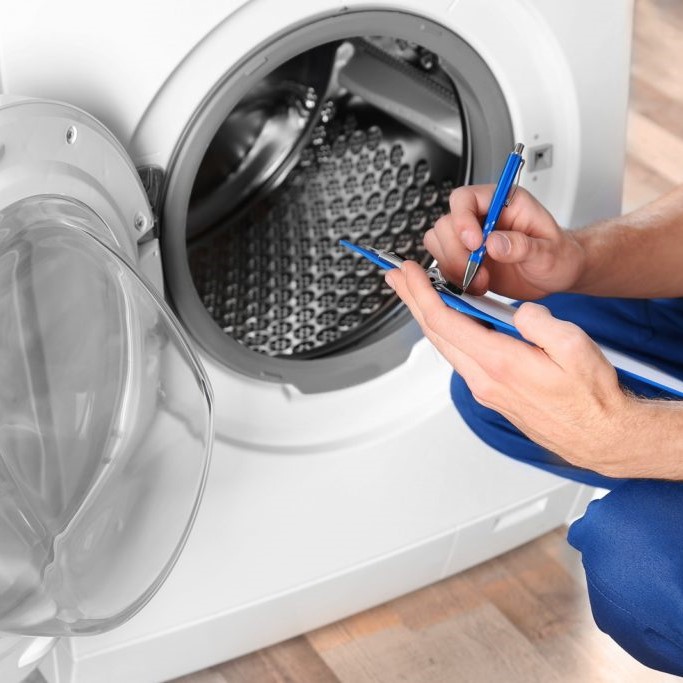 Conclusion
Conclusion
In summary, encountering a dryer not drying clothes but getting hot can be a perplexing and inconvenient problem. However, by understanding the underlying causes and following a systematic troubleshooting approach, you can effectively restore your dryer’s functionality. Regular maintenance, proper usage, and timely repairs are crucial in preventing this issue and ensuring your dryer operates efficiently. Whether it’s cleaning the lint filter, inspecting the ventilation system, or replacing faulty components, taking proactive steps will help you maintain a reliable and efficient dryer. Remember, when in doubt, seeking professional assistance can save time and prevent further damage, ensuring your clothes are always dry and your dryer runs smoothly.
